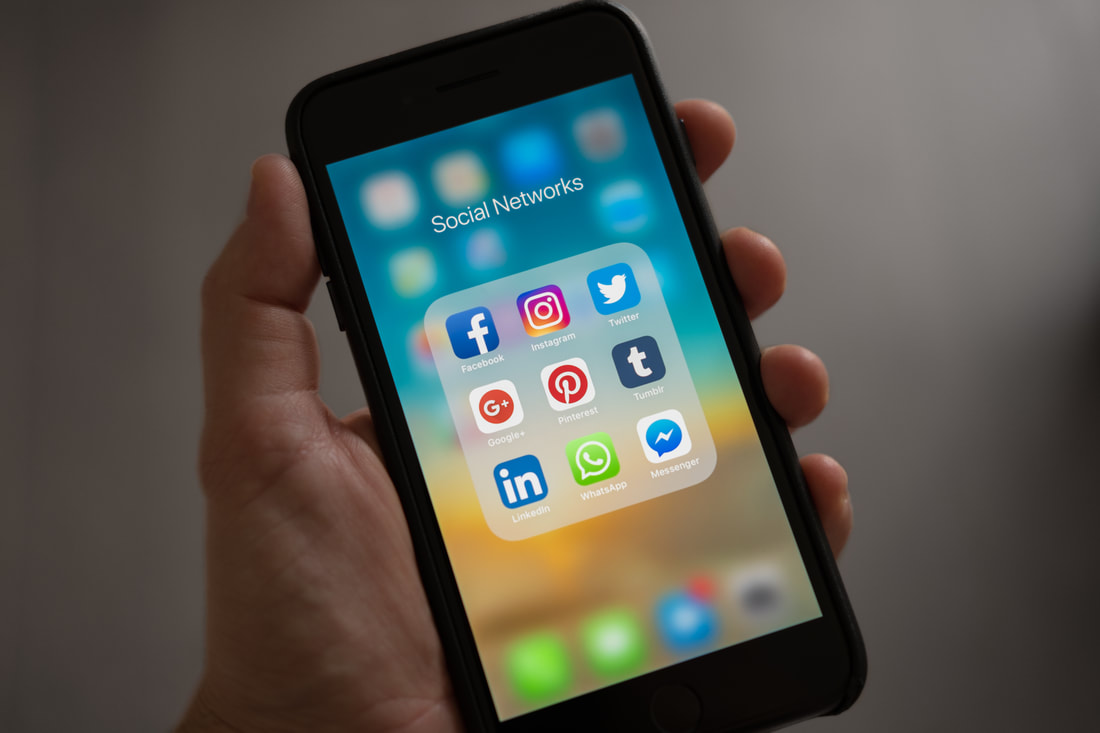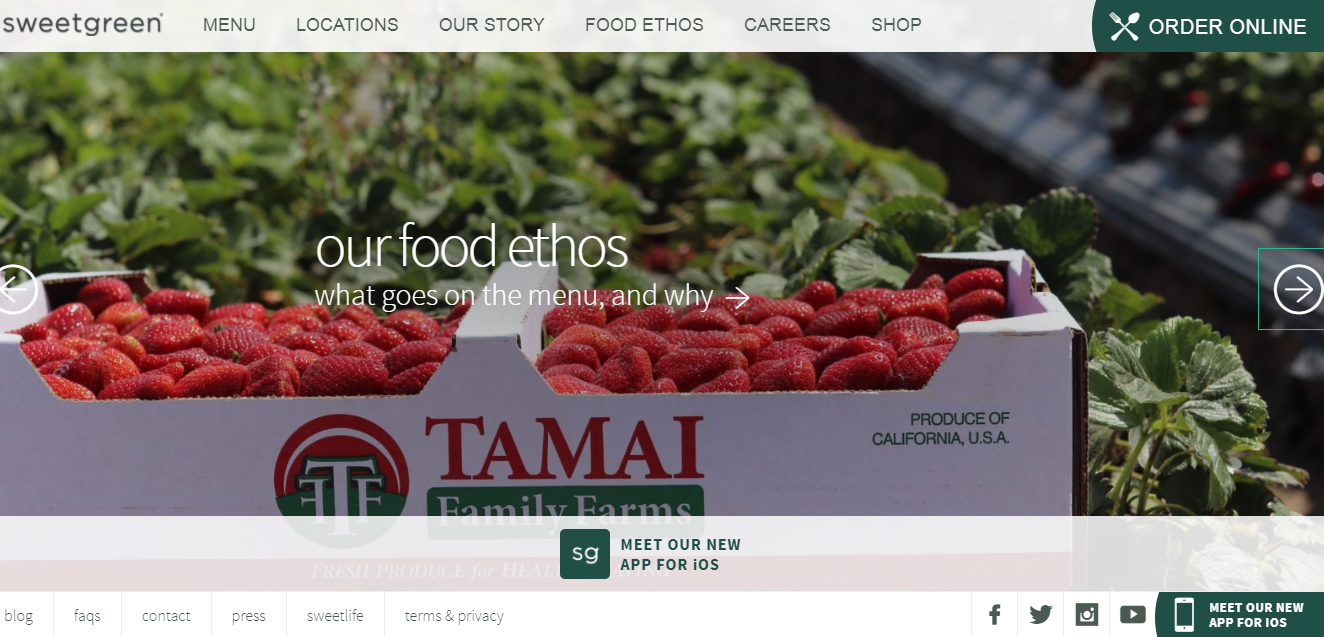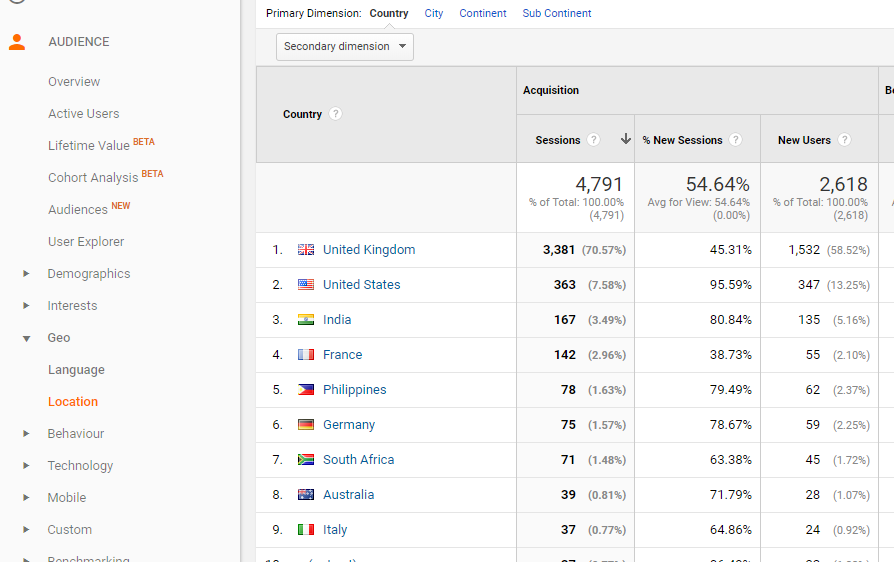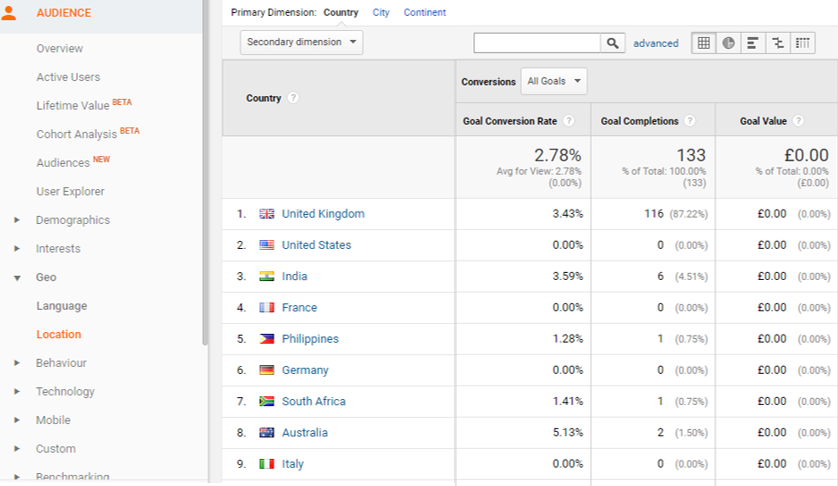|
Over the last few years we have seen a rapid evolution in the mobile industry and development of mobile apps - in fact, the number of mobile phone users globally is now expected to rise to 5 billion by 2019. With this growth brings higher competition with more people wanting the latest device and technology, putting pressure on mobile app marketers or developers to create engaging and worthwhile apps. SMEs can benefit from this as well, growing a dedicated user base, or provide It’s easy to view high download rates as a form of success when it comes to your mobile app, however, without active users, high downloads alone seem worthless. Until fairly recently acquisition was considered the most important metric. However, a recent survey by mobile app agency, The App Developers, discovered that apps need to shift from acquisition to retention and gaining user loyalty rather than just one-time users. Mobile app retention is defined as: returning to the app at least once within 30 days It’s become increasingly more apparent that mobile app marketers will need to define success by maintaining app users rather than measuring app installations. But any business could set up an app if they have a unique enough idea. To begin with, here are a few ways you can maximise user retention for your mobile app: Don’t Make Users Pay for Everything According to the survey, 68% of participants do not buy in-app purchases. When you stop to think about in-app purchases and the concept, you can begin to understand why consumers dislike it. If a consumer has gone as far as installing an app, they have decided it fulfils their need. However, to then open the app and discover it will cost more to enjoy all the features can very quickly reduce a user’s engagement. If you charge for your app to be downloaded, be mindful that 75% of respondents (from a recent UK mobile app survey) said that they only download free apps, meaning you are already missing out on a large number of prospective customers. Instead of pushing added revenue through premium versions or incremental in-app purchases, businesses should focus on providing a streamlined user experience through their apps for mobile users, increasing the lifetime value of mobile customers. Advertise in the Right Places When asked which marketing channel has convinced people to download an app, 19% of respondents commented that social media was the most popular choice; this is highly plausible because 31% of respondents said they use social media apps the most. Targeting users in their most natural environment, on mobile devices, seems to be most cost effective as opposed to other forms of advertising. One way some brands have found success is through developing an Instagram marketing campaign around a hashtag to build brand awareness and reach a large audience. With mobile apps and Instagram sharing the same space on smartphone screens, leveraging the reach and influential power of instagrammers could help you achieve more app downloads from your target market. Bejeweled, known for its gem-matching puzzle game, used social media to inspire mobile users to download their mobile app. To increase campaign awareness, they engaged with media influencer David Lopez (850k followers) who shared a photo of him playing the game after a tough day, under the branded hashtag #ShinyPlace. With the help of a few top instragammers, Bejeweled rose from the 702nd to the 182nd in Apple’s chart of top-grossing US App Store apps, a phenomenal increase of 520 places in the rankings. For participants who strictly download free apps, advertisements on branded websites was the most popular at 58%. This indicates that the branding behind an app can play an important part in convincing consumers to download it. Some consumers want reassurance that an app is legitimate and that the company is truly invested in it as a business. The app needs to be prominently featured across the website in a way that entices users to want to find out more. A good example of a brand doing this well is Sweet Green: You’ll notice the app is clearly presented on their homepage, there is a friendly and inviting tone and it states that their app is compatible with iOS. It’s important to understand who your users are before you begin to advertise or promote your app to ensure you reach those loyal users rather than the one-time user. Include Push Notifications The way to look at push notifications is their similarity to text messaging, they both appear on your website on the user’s home screen, which means the stakes are even higher as, like a text, the user is more likely to open the message. The great thing about push notifications is that the user has complete control. They can choose to opt-in/opt-out of receiving the notifications, so if they are opting in they are interested. The push notification serves the specific function of reminding the user of the app. If implemented correctly, it should also help encourage usage through targeting messaging that is personalised to the user. For example, health/fitness apps may send notifications of the steps that the user has completed that day or create a buzz around the user hitting a record number of steps that week. Ultimately, a push notification is there to grab the attention of the user at just the right moment to tempt them to download the app. Mobile Personalisation 58% of participants said they will use a company’s app as an alternative to their website, providing the experience is better. Often this is due to the VIP feel apps provide in making the users’ experience unique. The more aligned the experience is with the needs of the user, the more the user will value the app. By using in-app data, based on the behaviours of the user and their preference or particular functions within the app, you should look to personalise the user experience. Including the user’s name is an easy way to personalise it as well as displaying hyper-relevant content and material that is useful to that specific user. If your business needs help with personalising your mobile app, visiting app developers UK is a great place to start. Create a Loyalty Scheme Mobile apps are often seen as a good way to build customer loyalty as they can often provide users with promotional offers and useful information about the company. The quality of your app also gives users an impression of your business: being able to persuade app users to continue returning to your app is vital. In-app customer loyalty schemes work by encouraging the user to carry out particular actions in which they will receive a reward once that action is completed. Some of the popular rewards could be providing users with access to the latest collection of products, discounts, gift-cards or coupons. One of the most well-known loyalty programmes is the Starbucks app. When you buy something from a participating Starbucks store you earn a star. Once the user has collected a certain number of stars, they are rewarded with a possible free drink, exclusive access to new products to try amongst other rewards. These loyalty schemes show the customer that the company values them and cares about their loyalty to the brand. In today’s competitive market, returning customers are crucial to any growing business. One of the great things about apps is they save your customers time. If you want to save time, check out this post on how to save time and money for your business.
Becoming a global company is an impressive accomplishment. It is not an easy endeavour, especially for a small business, but is often the essential next step in growing your customer base and increasing revenue. So if your business has expanded globally – is it reaching its full potential internationally? After the hard work that has been put in to accomplish your business plan to reach global markets, you’ve only achieved the first stage of success. There is still a long way to go to dominate internationally and, as a business owner, you always need to be prepared for any possible challenges yet to be faced. To understand your growing business you’ll need to effectively track the international consumer behaviour towards your brand and measure your marketing performance. How else would you know the areas you need to improve on to reach new customers? Take a look below to see some easy ways to track your performance internationally: Online Tracking - Utilising Google Analytics According to Marketingland, 48 million websites are using Google Analytics, including Small Business Advice Week. That’s no surprise as it’s recognised as the most powerful tool to measure and analyse web performance. If your business has got to the stage where you have taken it global, you will hopefully have some understanding in how to effectively use Google Analytics to measure your online activity. But it’s now time to review your set up to track your business internationally, here’s how.
The image above shows the top locations worldwide calculated by the highest number of views to the site (Google Analytics > Audience > GEO > Location). You are also able to filter by the region/city of each location if you wish to narrow your targeting to a specific city. You can also see how many visits you have had from each location as well as new users to the site. By capturing a more detailed understanding of how your website is performing, you can target your SEO to specific locations.
Your website will include a variety of actions which new and returning visitors can complete to interact with your business. A conversion (interaction with your site) can be defined in many ways such as phone calls, form submissions, clicking downloads (PDFs) and purchases. In Google Analytics you are able to set up ‘goal tracking’ to measure these interactions more accurately. Above you can see each location’s conversion rate and goal completion. With this data your business can track which marketing campaigns have increased conversions and ultimately revenue. This will allow you to optimise and improve your site to accommodate a specific location and hopefully encourage more traffic to visit the site. Offline Interactions - International Call Tracking Your customers’ journey to purchase will include both online and offline interactions with many transactions still taking place over the telephone. Call tracking software will be crucial for international businesses to identify which channels, campaigns or ads are generating the phone call conversions. Ensure you offer a service for customers which enables them to be able to call you; also remember to include your number on landing pages and in search ads.
1) Consumers needs more information - as your brand may not be well known, consumers may feel that your product/service is confusing or complex and your landing pages are not providing enough information. 2) A customer has a question - the call agent can then address the question or concern in real time and use the opportunity to sell or upsell to the customer. 3) Customers who are more comfortable over the phone - where you are opening your business to a new market, you may experience an increase in calls whilst people become more familiar with your brand. Some find it easier to talk to a person when completing a transactions. By utilising the call recording system, built within your call tracking software, you can understand your international customers more easily, make improvements to your website and help train employees locally and globally.
As you will have the date, details and time of each call you will be able to create detailed reports on the return on investment (ROI) for your individual marketing channels. By accurately tracking both your online and offline interactions you can measure the performance of your business overseas in real time. This will enable you to invest your marketing budget to grow your business in your strongest areas and improve the customer experience in weaker areas and develop their sales to a higher level. Small Business Advice Week focuses on small businesses, but with the world becoming smaller and more connected every day, there's no reason why your small business can't go global!
|






 RSS Feed
RSS Feed
